Driving an ATV across large and varied terrains requires you to have it fully equipped to overcome any challenge, the addition of a snorkel is a simple but effective way to make your ATV more effective.
Adding a snorkel to your ATV means it can cross deeper water, operate more efficiently, get through muddier areas, and to keep damaging fluids like mud and water out of the engine.
These are the clear advantages of having a snorkel on your ATV. However, there are several things to consider before going through with the process. The variety of snorkels, the position, and the snorkel made for your ATV are all things that you need to consider.
These are the basics of a snorkel and why you need one:
Simply put, snorkels are piping systems that extend the intake for your vehicle, allowing it to breathe in fresh air much easier. However, this simple answer limits the ways that snorkels help a vehicle and why they are so popular with off-road enthusiasts.
Let’s start by looking at the engine. Any type of gas engine is a closed environment. There are only two things that come in from separate spaces, the fuel, and fresh air to make the required combustion. Fuel systems are easy to close off, stopping any water from entering the closed system. However, air is not the same. Fresh air must be sucked in from somewhere for an ATV to function properly.
This is where the snorkel comes in. Without it, the highest point of the ATV engine compartment is used as the air intake position. This limits the depths of any water the ATV can cross, even with a bow wave that precedes the vehicle. Any amount of water that gets past the filtrations system will cause some damage to be done to the vehicle, and eventually, it will break the engine and can cost thousands to be fixed.
Snorkels, on all vehicles, help engines to overcome the problem of not having access to fresh air. By creating a filtered pipe system that is significantly higher than the rest of the vehicle, it becomes easier to keep your ATV going. This is how snorkels work on most vehicles, letting in fresh air from a higher position that will let it go through deeper water without getting water or mud clogged.
This is how snorkels work on most vehicles, letting in fresh air from a higher position that will let it go through deeper water without getting water or mud clogged.
This is the basics of what a snorkel is; a way to keep the closed system that all engines are, from being contaminated.
Snorkels aren’t meant for everyone; hobby drivers may find that adding a snorkel to their ATV is not what they want. This is because snorkels can cost extra money and require special maintenance. However, there are several groups of people that would want to use a snorkel.
The most common use you will find for snorkels on ATVs are farm-based, this is where workhorse ATVs are. These ATVs may never be needed to travel at highway speeds over dirt roads. However, they are built to be reliable, and the farmers that use them require their ATVs to reach almost any location on their farms.
Adding snorkels to these ATVs then means that farmers can easily use them to drive through rivers, lakes, or work on their farm in even the worst weather. Mud may clog engines; water will get in the air vents, and filtration systems are not made to withstand the fine dust that working with animal feed creates. This can be solved by adding a more robust filtration system and a set of snorkels that let the engine only breathe in the freshest of air.
Mud may clog engines; water will get in the air vents, and filtration systems are not made to withstand the fine dust that working with animal feed creates. This can be solved by adding a more robust filtration system and a set of snorkels that let the engine only breathe in the freshest of air.
However, this brings the question of why high-speed ATVs would need snorkel systems, which is where the enthusiast comes in. These are people that like to use their ATVs for everything they can be used for, from working a bit extra, speeding down dirt roads, and exploring unknown areas of the world that have only been seen by the wild animals of the world.
For them adding a snorkel is about avoiding issues with water that may be as deep or deeper than their ATV without letting it get water-clogged. Some of their snorkels are the more extreme ones that you will see out there, owing to their need for function of form. Even when the entire ATV is underwater, they need it to move forward.
Further, when they’re riding for several days straight using their ATV, then having a snorkel that ensures clean air enters the engine is a must. This reduces any possible breakdowns that they may have on the way. Cleaner engines mean that your ATV will last longer. Enthusiasts love working on their vehicles, making them as efficient as possible and as fast as regulations allow.
Few other ATV owners need snorkels, and therefore most aren’t aware of their existence. However, there are unique cases where the addition of a snorkel has made drastic changes to what the vehicles can do. Smaller ATVs meant for teenagers and kids are much more susceptible to being waterlogged.
While normal owners of these ATVs may not put snorkels on them, there are ride operators that take people up hiking trails, using ATVs to make it easier and more fun for everyone. In a few cases, these companies will add snorkels to their smallest ATVs, allowing them to easily overcome almost any obstacle, to a relative degree.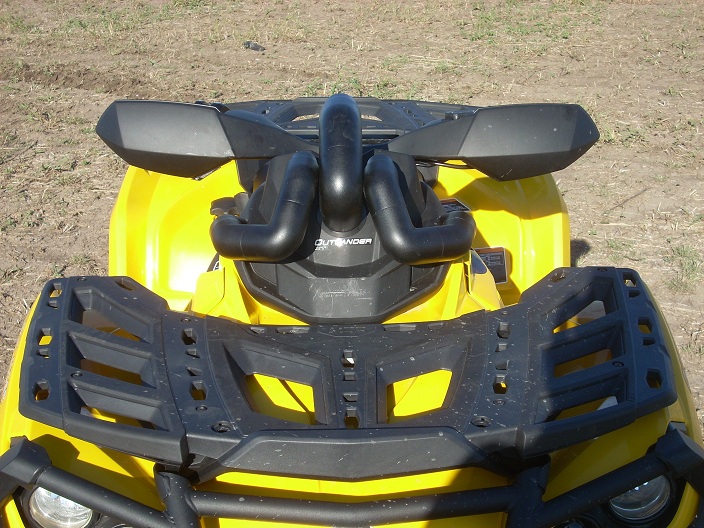
The reason these companies prefer to add snorkels to their smaller ATVs is owing to the inexperienced drivers that will be using these vehicles. This means that the drivers won’t know what the limits of their ATVs are and might eventually drive them through water that is much too deep.
Those who need ATV snorkels will learn about them in time and will always find themselves adding them to their vehicles.
This is one of two things that will vary significantly between all the ATVs out there. Due to the different shapes and sizes of ATVs, the location of the snorkel would be different for each one. For simple quad bikes, the snorkels are attached to the engine and sticks out the front of the vehicle, for example.
Let’s examine the different types of ATVs and their different possible snorkel positions now:
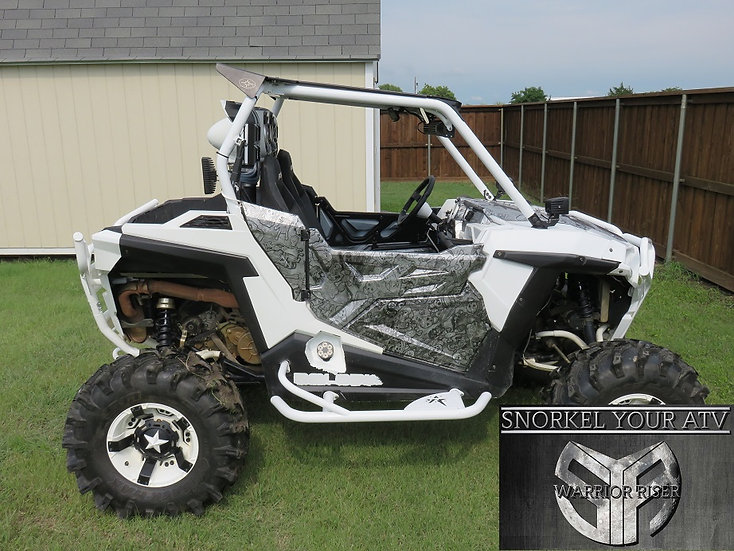 The engine of a quad bike is always underneath the driver and will require that the snorkel come out from the front of the driver. This ensures the snorkels are not damaged by the legs of the driver while still being high enough to allow the quad to breathe.
The engine of a quad bike is always underneath the driver and will require that the snorkel come out from the front of the driver. This ensures the snorkels are not damaged by the legs of the driver while still being high enough to allow the quad to breathe.
Out of all ATVs that use snorkels, quad bikes are the most in need, as these vehicles are used to cross terrain of every type. This is due to their ruggedness and their inherent ability to easily traverse almost every kind of obstacle set out in front of them. This also makes it challenging to put snorkels on them without putting them in a place where they can easily be damaged.
Typically, quad bikes will have snorkels fitted on the front of the bike, where the intake can take in air from the extended pipes that stick out straight from the engine. However, this is rarely seen on quad bikes that aren’t used for special tasks. This is because the addition of a snorkel significantly impacts the ways that you can use your quad bike. Limiting the visibility, you will have on them while driving, which means hobbyists will be limited.
However, when you are using your quad bike in desert or rainy areas, then you will quickly see the advantages of using snorkels.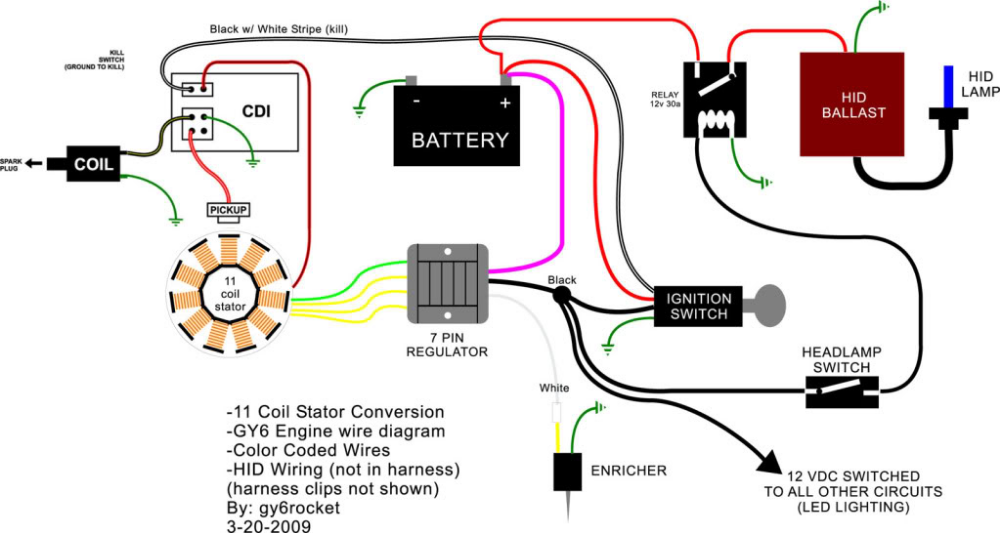 This is due to the deeper waters that can be crossed or the filters that can be added to make your engine stay cleaner when driving through sand. These advantages are why the snorkels on quad bikes are long and in the face of the driver.
This is due to the deeper waters that can be crossed or the filters that can be added to make your engine stay cleaner when driving through sand. These advantages are why the snorkels on quad bikes are long and in the face of the driver.
Luckily, side-by-side ATV’s are like cars by some designs, which allows the snorkels that you can attach to them to be a lot more discrete. The most common way of adding the snorkel has been to add them just behind the seats of the side-by-side, letting them breathe in from where the driver and passenger are sitting.
This ensures that fresh air always gets to the engine, but it’s strategically placed in such a way that the driver won’t accidentally let the front of the side by side’s dip under water deep enough that would let even the snorkels be submerged. However, if your side by side is entering water that would be too deep for snorkels to get fresh air, then you may want to reconsider the path you are taking.
There are some side-by-sides that have their engines set more to the front of the vehicle, which means that the intakes are also more to the front. For these, the snorkels can simply be mounted out of the side of the vehicle, allowing them to be snaked across the roof and giving the vehicle fresh air even in the deepest of water obstacles.
The problem with all these snorkels is that they will have an eventual effect on the performance of the ATVs. Snorkels can easily let your ATV cross large bodies of water or keep sand filtered out of the engine. But this enhancement causes your engine to have to work slightly harder to breathe when it is doing high-performance work, while performance enhancements can easily be as simple as letting in more air.
Therefore, high-performance ATVs will rarely have snorkels attached to them but instead have advanced filtering systems that block dust or other contaminants from entering the engine.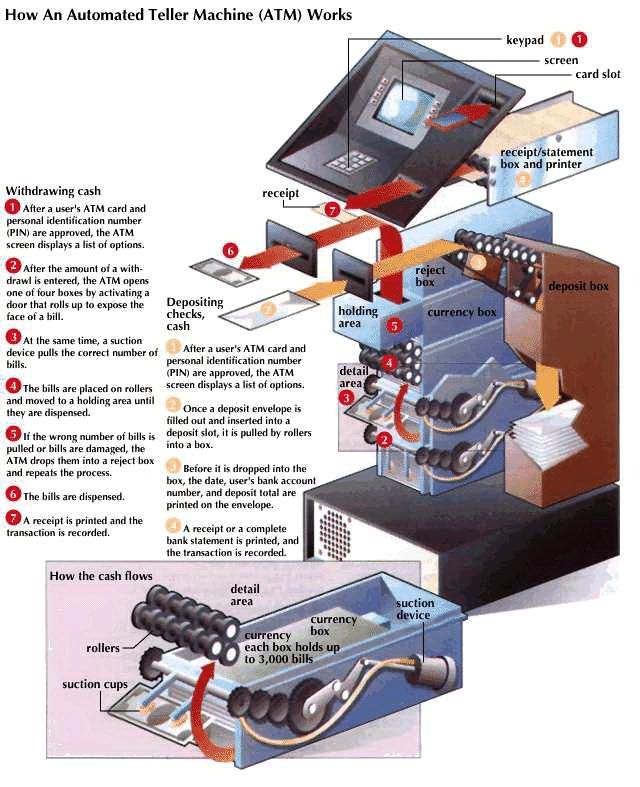 This is why quad bikes, and at one-point tricycles, that was in the Dakar rally never had snorkels attached to them.
This is why quad bikes, and at one-point tricycles, that was in the Dakar rally never had snorkels attached to them.
There are two main types of snorkels, hard-line snorkels, and soft snorkels. Each of them can be fitted with different types of filters and other accessories that make them perfect for what you may use them. Luckily, there are limits to where these can be used as well. Soft line snorkels cannot be used on quad bikes, while hard-line snorkels are rarely used side-by-side ATVs.
These snorkel kits are used for quad bikes and other similar ATVs because they do not have roof lining to attach the snorkel to. This means that the snorkel will have to support the filter, intake, and many other parts entirely on their own.
Because of this, the snorkels are made from hard plastic or preferably a combination of steel and plastic, allowing the snorkels to easily withstand the operating temperatures that the engine may reach without being damaged.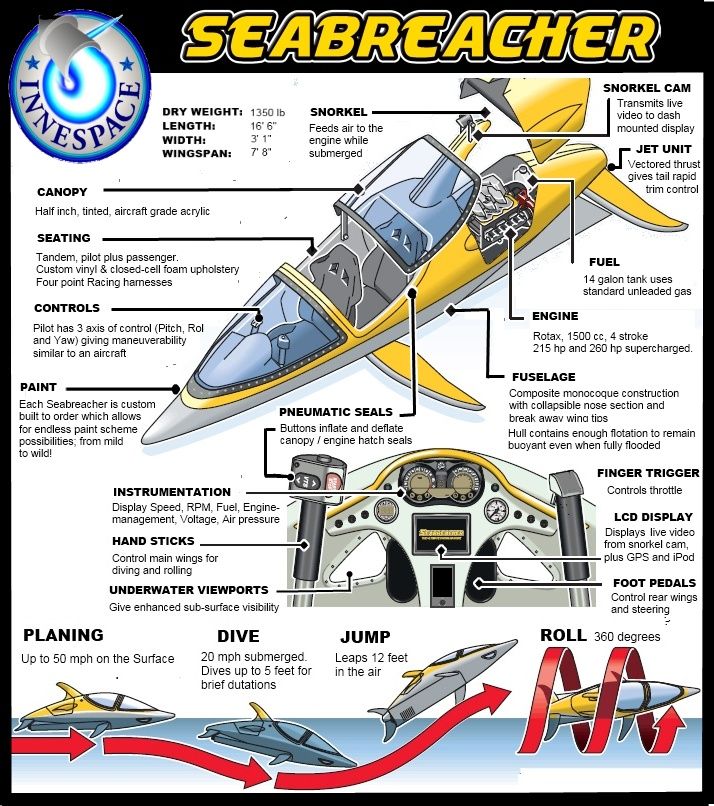 Further, the snorkels face the driver, which means that if there is an accident, they cannot be entirely hard, they should be breakable in case the driver falls over them.
Further, the snorkels face the driver, which means that if there is an accident, they cannot be entirely hard, they should be breakable in case the driver falls over them.
Hard-line snorkels are preferred for some side-by-sides as well when the only place to put the snorkel is in the middle of the cabin, or at the front of the vehicle—creating clear positions where the snorkel juts out and can be easily seen by all those who look at the vehicle. The purpose of hard-line snorkels is to ensure the pies used for it won’t be easily closed off or pinched when bent, thus causing to have trouble getting fresh air.
As always, the goal of the snorkel is to save the engine from accidentally sucking in water or other dangerous contaminants.
These are the snorkels favored by large car owners, and that will ensure your side-by-side ATV won’t be damaged by the hard-line tubing favored everywhere else. This is because they can be routed into stranger shapes and locations without having to make major changes to your ATV.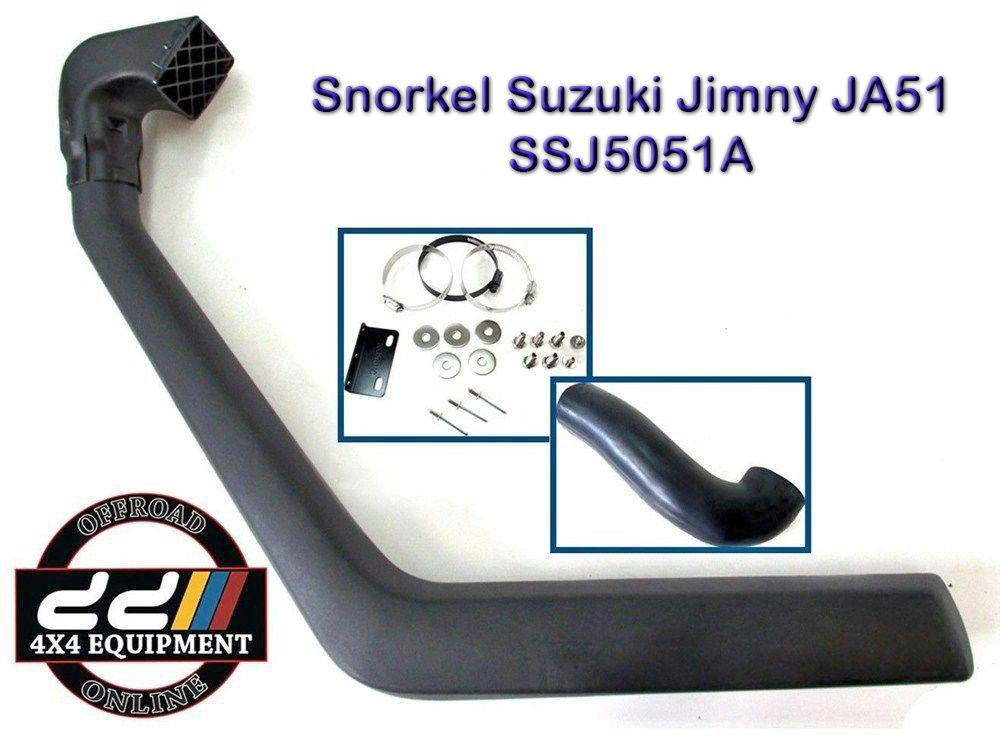
With soft line snorkels, they are a combination of plastic and soft rubber, allowing the snorkels to be routed around corners. This makes the snorkels much less intrusive to the overall look of the ATV and lets them easily be routed to higher locations. With the soft line tubing, you will be able to keep your ATVs looks intact.
However, one of the more prominent advantages of soft line snorkels is the ability to remove them if needed without making major changes. Further, you can easily route these snorkels to go higher on the roof of the ATV. This, however, does bring several disadvantages of soft-lined snorkels, the limitation that they bring in accessories.
Where hard-line snorkels can have filters attached and be connected directly to fuel injection systems, soft line snorkels are merely additions to what is already existing.
The advantages of having a snorkel on your ATV is almost limitless because they allow your vehicles to reach new depths and distances.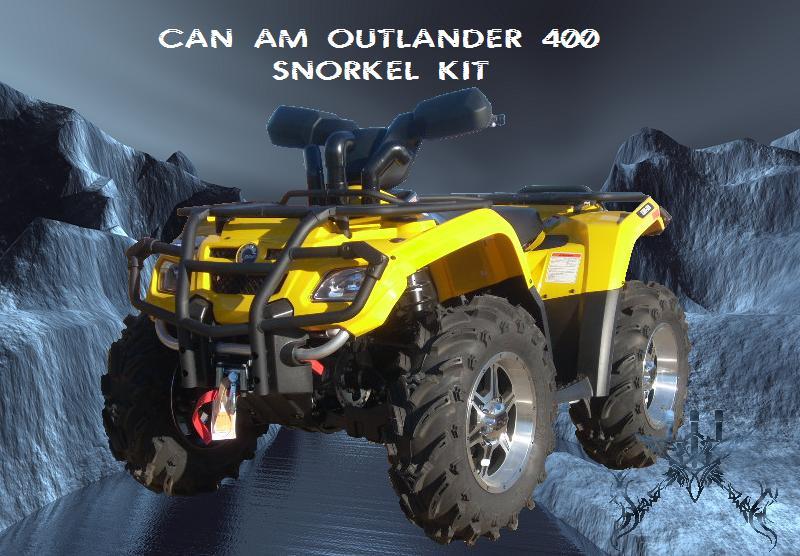 Looking at the disadvantages of snorkels you may thing there are few if any real advantages to using them. However, when you list the advantages you quickly learn what to do and how to use them to their best.
Looking at the disadvantages of snorkels you may thing there are few if any real advantages to using them. However, when you list the advantages you quickly learn what to do and how to use them to their best.
The most obvious way that snorkels help your ATV is by keeping water and mud out of your engine when you go through ravines, rivers, or when you’re playing near lakes. Whether you want to or not, your ATV will be used to play in some of the dirtiest, natural areas of the world. This could lead to some of the murkiest water possible. And while your ATV may have some protection from this when it is delivered from the manufacturer, it will not be able to keep everything out.
When your snorkel has been installed properly, your filter and injector have been connected, you should be able to easily ride through some of the weirdest and craziest water obstacles out there. Therefore, snorkels are always as high as they can possibly go, which lets them stay far away from all the dirty water that could easily break your engine.
Snorkels do keep more than dirty water out, though. This is where the sand problem gets limited as well, with several filters that will stop sand and particles. This may seem like no real problem; however, engines and sand almost never mix, and one of the general things that let your ATV get worn down and broken over time is the danger of sand entering the piston area. Over time this sand will scratch the inside of your engine.
This will eventually break your ATV entirely, which is why the addition of extra filters along your ATV will lengthen the age of your vehicle greatly. Getting it on the road and safe for almost any road condition will have you easily have more fun for much longer.
There are several obstacles that must be looked at when you consider adding a snorkel to your ATV. Each of these will affect what type of snorkel you get, whether you should get one or not. Having the right information about what obstacles require more equipment will mean you can have the perfect vehicle for every problem you may face.
The problem with running water is that you can easily find a lot of rocks and mud in them that will damage your wheels. This is made much worse when the running water goes across the road that you may be driving on.
Depending on what kind of snorkel you install, the performance may not be noticeable at all. However, some changes will impact the speed and power of your ATV. The addition of anything that affects how your vehicle breathes will make it either increase or lose some performance.
Snorkels are just simple tools to increase the height of the air intake of the vehicle. Without adding extra filters or narrowing of pipes, they rarely affect the performance of your vehicle. These are the most common types of snorkels as well; merely installing them is a few holes that need to be drilled and bolts to be attached.
However, in most uses for snorkels, extra filtering is added to keep dust and other finer particles out of the system. These filtration systems make it much safer to use your ATV in some of the harshest conditions in nature. However, they can make it hard for your ATV to get enough oxygen to combust effectively. This means that it needs to work harder to deliver the same amount of performance that you may be used to.
This means that it needs to work harder to deliver the same amount of performance that you may be used to.
This is the negative effect that a snorkel may have on your vehicle, however in some cases using the right snorkel and adding a few select changes will help your ATV to perform better than it ever has before. This is because of the tuning that can be done to the fuel injection system of the ATV, increasing the volatility that your combustion works on.
Some ATVs may even use carburetors that require more flow of air and fuel for the engine to work perfectly. When you add your snorkel to a fuel injection or carburetor system, you can increase the amount of air that the engine uses. This is because the large quantity of air that is in the snorkel can be pulled in much faster if it is larger than the intake that was already on the engine.
In the same way that adding a larger filter increases airflow, a properly sized snorkel will easily improve the performance and sound quality of your ATV. Adding any type of snorkel to and ATV is a simple process and can be done either in your own garage or with the mechanic that you trust to service your vehicle.
Adding any type of snorkel to and ATV is a simple process and can be done either in your own garage or with the mechanic that you trust to service your vehicle.
When you are installing your snorkel, you can test how it affects performance as well. Simply listening to the sound that your ATV makes when it is revved up will tell you whether or not it is struggling to breathe. By using more complex airflow systems, you can see how easily you will increase the performance until you get the best balance between air and fuel.
Adding a snorkel to your ATV is something that is both easy and can bring many advantages to your adventures. The decision to add them onto your ATVs depends on how you will be using your vehicle and what kind of obstacles you will need to overcome. If you are just a part-time ATV user, it may not be required, while enthusiasts will quickly find their perfect snorkel for their vehicle.
Get your snorkel or simply enjoy your ATV as it is now, whatever you choose to do, be sure to have as much fun as humanly possible!
If you plan on driving your ATV through deep water or mud, getting a snorkel on your machine is something you might want to consider. A snorkel will help keep water out of your engine, so you can get through some pretty nasty areas on the trail without damaging your ATV.
A snorkel will help keep water out of your engine, so you can get through some pretty nasty areas on the trail without damaging your ATV.
If you get yourself into some deep mud or water for too long, your engine could stall. Your air intake could take on water causing major problems and costly repairs. I’ve done this before, as you can see in the picture, and that quad didn’t have a snorkel on it.
Luckily I was able to shut the engine off before major damage was done, but still it ruined the day of riding for us. I need to be towed out of the muddy water, then we had to open the air box and wait for everything to dry out before we were able to get the quad running again. If that ATV had a snorkel, there would have been no problems.
Snorkeling your ATV is when you install a system onto your engine that will allow air to get where it needs to even in deeper water or mud. You will most likely see risers or stacks sticking up from the quad to capture or release air safely above the water line.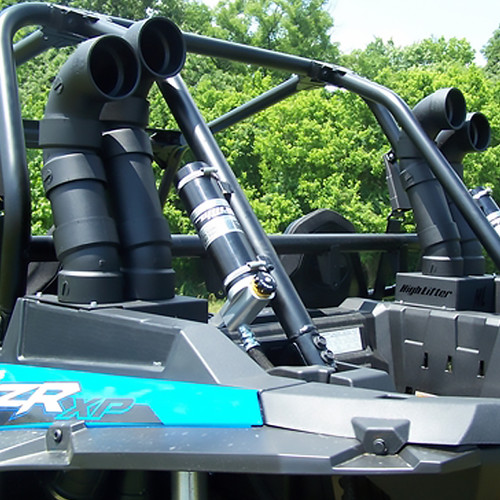
After you install a snorkel on your machine, the only part you need to worry about keeping above water is the opening of those stacks.
Snorkeling your ATV is most useful for getting though deep water or mud. It will keep water out of the most important parts of your engine that are only supposed to subject to air. Feeding clean air safely to your engine to keep you riding through wet environments.
The main components you will need to snorkel are the air box, your clutch belt intake, and clutch belt exhaust. The clutch belt intake and exhaust will both need their own snorkel. If you try to connect them, the intake will be getting the heat from the exhaust and will overheat and wear out your clutch belt.
You may want to snorkel your exhaust ports as well. If you’re giving the engine enough gas going through the water, that pressure should prevent any water from entering the exhaust. But if by chance water does enter through your exhaust it could cause major problems.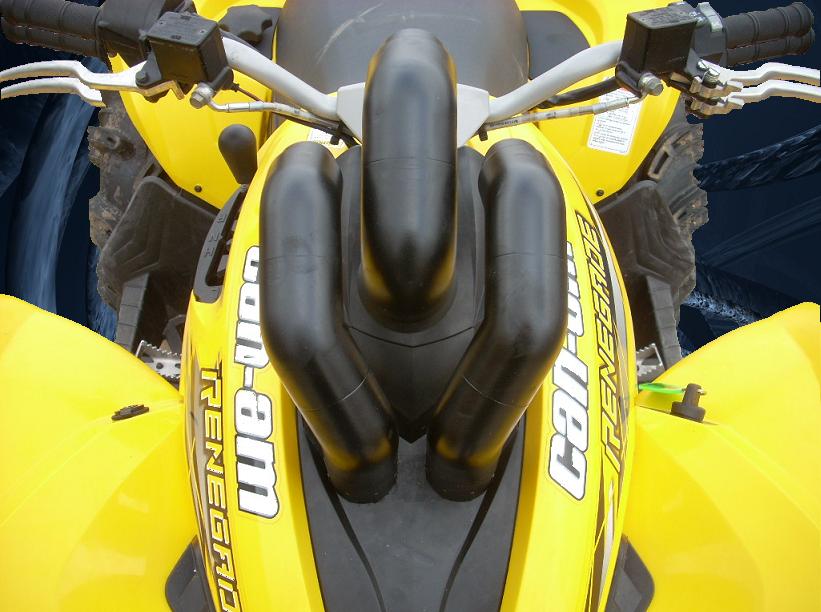 This will most likely happen if plan to sit idling in the water.
This will most likely happen if plan to sit idling in the water.
It’s also a good idea to water proof your electrical connections. I’ve heard of people snorkeling their electrical box, but that seems like overkill. The point is to just prevent water from getting to the electrical parts of the engine.
Other areas to snorkel might include thing like your crackcase breather tube or differential vents and carb vents. If you’ll be hitting the occasional mud pit or stream crossing, the air box, clutch belt, and electrical stuff need to be taken care of as well as the carb breather if your engine has a carburetor.
There are some pretty good kits available on the market for most machines. The snorkel kits will vary from quad to quad because they are all set up a bit differently. A snorkel kit will be more expensive than making your own, but will come with everything you need and make for an easier quicker install. Plus the kits might even come with some kind of warranty.
You can use this link to find a Good ATV Snorkel Kit on Amazon. Just be sure to get the right one for your machine. They kits will vary a bit and the parts are custom made for each different engine.
I don’t need to go over installation here because the snorkel kits come with instructions that are really easy to follow along with. You will need some basic hand tools to get the snorkel kit installed and you’ll be all set.
Making your ATV snorkel can be fun and won’t cost you too much money either. I’ll admit, a lot times it won’t look as nice as the professional snorkel kits you can buy, but if you do it right it will work all the same.
The cheapest thing to use is just some good old pvc pipe. You can find pvc pipe at any home repair store like Home Depot or Lowes. It’s best to know the path you’re going to take first and plan out how many bends, how much pipe, and how many 90 degree connectors you will need.
First, locate your air box and see what you’re going to need to snorkel it. A lot of quads already come with a factory snorkel, they just don’t go very far. In this case you can hook some pvc right to that factory snorkel and just extend it up as high you’d like.
I’ve seen some people use pool hose to navigate around the engine easier than you could with pvc pipe. It looks a little raggedy with the duck tape and all in this picture, but i’m sure if you secure it right and use some better connectors you can get a decent looking snorkel system going.
If you have a carburetor on your engine, it’s pretty easy to just extend the carb breather tube that’s already existing on the quad. You can find little tube connectors at most auto parts stores like Napa or Autozone. The just get some tubing and extend the carb tube up to a safe area on the machine.
Do the same thing for the front and rear differential breather. These lines are usually already ran pretty high up onto the quad up near the handle bars.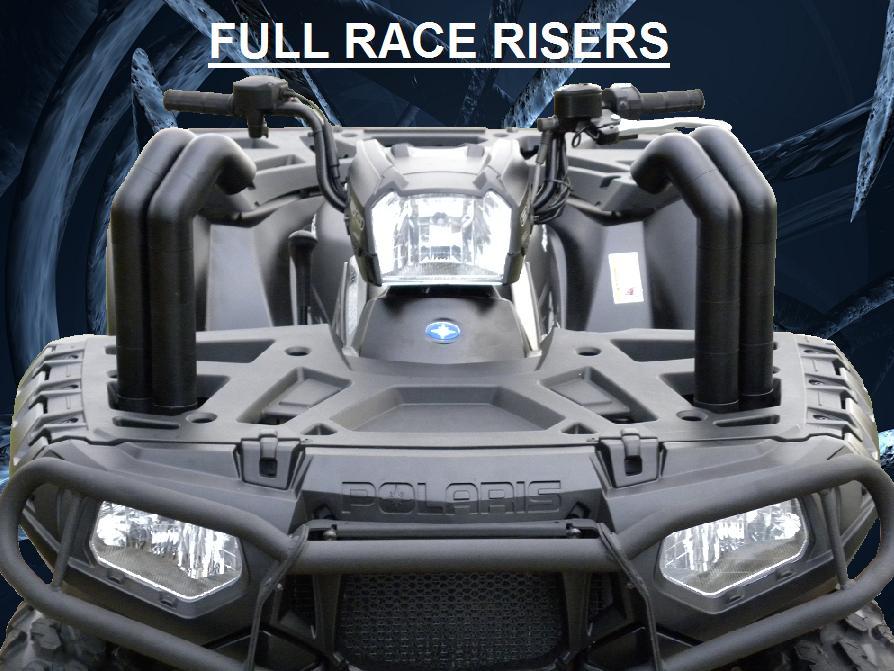 But if you want them to be even further up out of the water it won’t hurt to extend them.
But if you want them to be even further up out of the water it won’t hurt to extend them.
Snorkel kits or snorkeling your ATV may be illegal in some states. I think for the most part it’s allowed on private property either way. But some states don’t allow snorkeled machines on public land.
Check your local laws before riding any modified machines on public land.
Sharing is caring!
04/12/2018
consequences, then you need to prepare the equipment, in a special way protecting engine from moisture. Without special training, crossing the next shallow river, a water hammer may occur, followed by an oil change and costly repairs. In order not to be exposed to such danger, experienced ATVs install a snorkel.
the working functioning of the ATV engine when overcoming water obstacles and driving on dusty roads.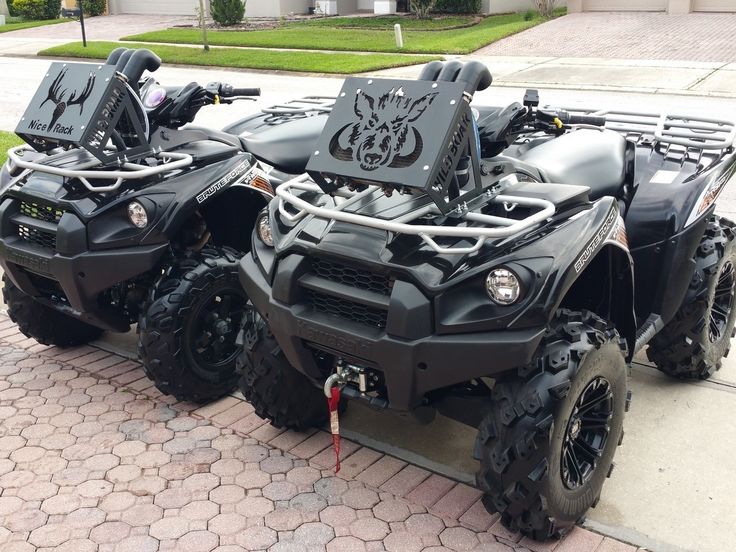 And also the snorkel will help to significantly cool air and ensure that it enters the filter or variator. Due to such Cooling increases the power of the ATV and significantly saves fuel. In addition to all the useful properties, the snorkel will give your ATV more aesthetic look.
And also the snorkel will help to significantly cool air and ensure that it enters the filter or variator. Due to such Cooling increases the power of the ATV and significantly saves fuel. In addition to all the useful properties, the snorkel will give your ATV more aesthetic look.
It is clear that the installation of a snorkel is an important and necessary procedure for hard use of the ATV. But before making a decision to the installation, you must take into account that the removal of the air sampling pipes threatens to lose factory warranty for new equipment. Since tampering with the device breathing system of an ATV is considered a violation of the factory parameters of the ATV.
But if the ATV is not new or you are not afraid of loss warranty and you still decide to install a snorkel, follow a number of our recommendations:
- make sure that there is a complete sealing, otherwise at the first deep puddle, moisture will penetrate into system and wet the air filter, causing dust to be sucked in and subsequent breakdown with piston repair;
- choose the right diameter snorkel tube . For 300-500 cc ATVs, we recommend using a 50 mm tube, and for more powerful 600-800 cc ATVs - at least 63 mm. With the wrong when choosing a tube, the valves may burn out;
For 300-500 cc ATVs, we recommend using a 50 mm tube, and for more powerful 600-800 cc ATVs - at least 63 mm. With the wrong when choosing a tube, the valves may burn out;
- do not forget to install the air receiver. This is a container with a small supply of air, which may be needed when you sharply press on gas so that your ATV does not stall at high speeds;
- almost 100% of all-terrain vehicles have variators and their must also be provided with a cool air flow. This is necessary in order to so that when overcoming a deep-water obstacle, the ATV does not get up "Tightly" due to water getting on the variator belt;
- note that the snorkel must be installed without the radiator extension up does not make sense, because in a deep ford, the radiator cells can become clogged dirt. This will lead to inevitable overheating of the units and constant complex washing equipment.
The snorkel is a must have for your ATV.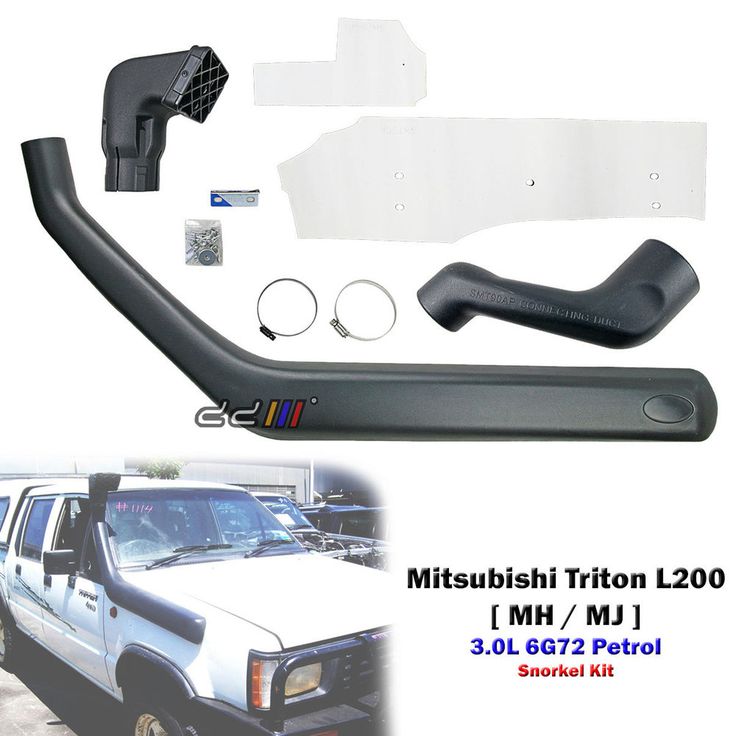 He will allow you to overcome a deep ford, without fear of driving on a dusty off-road, as well as give additional power due to a more cooled air. Remember that equipping a new ATV with a snorkel deprives you of guarantees. Consider all practical advice during installation. In our online store you can find radiator stem and snorkel for ATVs CF Moto, BRP, Stels, Yamaha, Polaris et al. Buying a new snorkel will save you time and hassle. But if the budget is limited, you can make a snorkel with your own hands (we will talk about this will be discussed in another article).
He will allow you to overcome a deep ford, without fear of driving on a dusty off-road, as well as give additional power due to a more cooled air. Remember that equipping a new ATV with a snorkel deprives you of guarantees. Consider all practical advice during installation. In our online store you can find radiator stem and snorkel for ATVs CF Moto, BRP, Stels, Yamaha, Polaris et al. Buying a new snorkel will save you time and hassle. But if the budget is limited, you can make a snorkel with your own hands (we will talk about this will be discussed in another article).
The most important design element of ATV snorkels are the flexible air ducts, or as ATV snorkelers say, the corrugation for an ATV snorkel. Today, the Russian market offers a huge number of flexible hoses that are used in various industries, but not all of them can be used to install snorkels on ATVs. For those who are going to make a snorkel for an ATV with their own hands, this article will be extremely useful, because having made the right choice of air ducts, you will feel confident in extreme situations.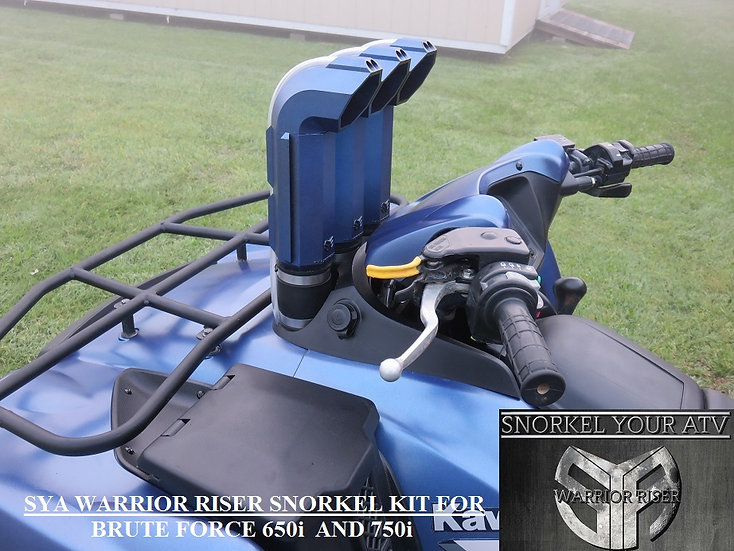
While developing ATV snorkel systems, Atom engineers did a lot of tests and trials, during which they leaned more and more towards polyurethane flexible air ducts. The fact is that this type of air ducts is highly resistant to abrasion, which is very important for snorkels that operate in harsh conditions and with extreme loads. Polaris Sportsman 850
Here's a simple example, a flexible polyurethane duct with a wall thickness of 0.5 mm will last several times longer than any PVC hose with a wall thickness of 1.5 mm. Considering that the new air duct that we use in PRO XO-65 05 TR snorkel sets can withstand short-term temperatures of 130 degrees, and ATV snorkels are laid in places where the temperature is sometimes more than 100 degrees, then they are ideal for snorkel systems.
Flexibility is another important ducting feature in snorkel systems. Snorkels are routed differently on every ATV, sometimes you have to route the snorkels around the engine, and this is where duct flexibility plays a big role.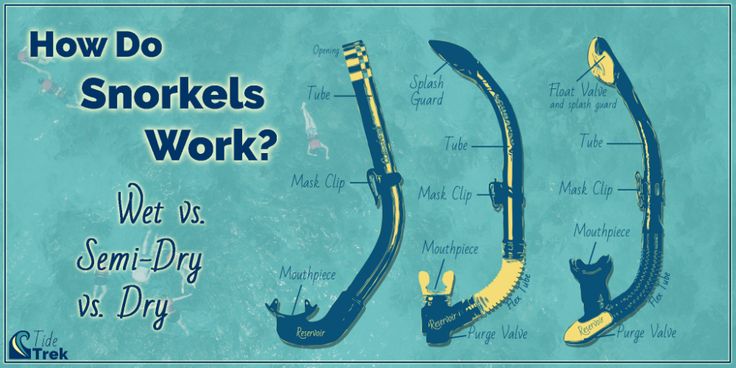 In order for the air duct to be flexible, but at the same time to have a certain rigidity, it is necessary to have an optimal ratio of the diameter of the spiral, the thickness of the spiral and the thickness of the machine.
In order for the air duct to be flexible, but at the same time to have a certain rigidity, it is necessary to have an optimal ratio of the diameter of the spiral, the thickness of the spiral and the thickness of the machine.
ATV snorkels are known to operate under severe conditions (heat, vibration, abrasive), so the design of the air duct must be reliable. There are two options for the process of manufacturing air ducts. The first option is gluing the walls. Russian manufacturers mainly offer this option. However, after studying and testing these air ducts, we came to the conclusion that snorkels for ATVs cannot be made from them. When passing tests in the summer, such air ducts were simply glued either along the seam or at the bend. Therefore, we did not use such air ducts as snorkels on ATVs, although their price is very attractive. The second option is soldering the seams at high temperature. This practically eliminates the "spreading" of the seams, but the price of such air ducts is much more expensive.